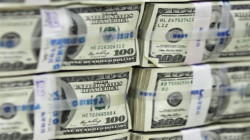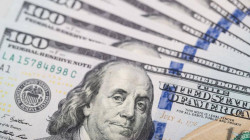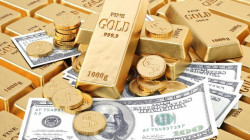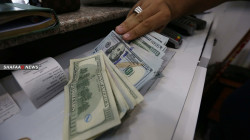Rising dollar amid interest rates bets, Red Sea tensions
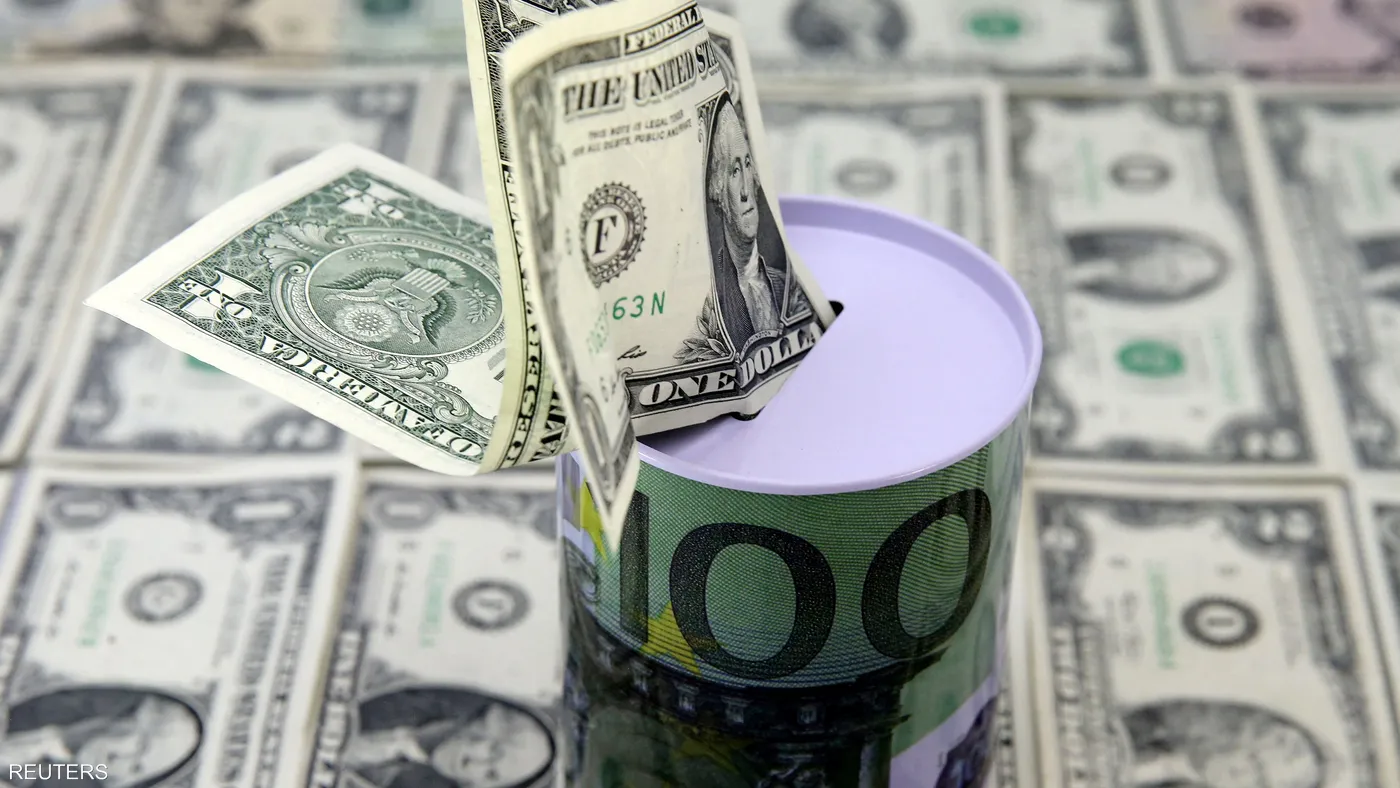
Shafaq News / The dollar rose on Tuesday as investors pared back bets on near-term rate cuts by the US Federal Reserve following hawkish comments from European Central Bank officials, while worries of more attacks on ships in the Red Sea weighed on risk sentiment.
Against a basket of currencies, the dollar rose about 0.3% to 102.94, after having gained 0.2% overnight in subdued trading during a US public holiday on Monday.
The euro fell 0.3% to $1.0912, set for its steepest one-day percentage drop in two weeks. Sterling was last at $1.2679, down 0.38% on the day, edging away from a near-five-month high of $1.2825 hit in late December.
Comments from European Central Bank officials pushing back against early rate cuts cast a shadow on the rate outlook globally.
"It's too early to talk about cuts, inflation is too high," ECB's Joachim Nagel said on Monday, adding that the mistake of lowering interest rates too early should be avoided.
Money markets are pricing in 145 basis points (bps) worth of cuts to the ECB's deposit rate this year, most likely starting in April.
"The hawkish ECB commentaries last night have fuelled concerns that market pricing for the Fed rate path may also be aggressive," said Charu Chanana, head of currency strategy at Saxo in Singapore.
"Some safe-haven demand also likely to be at play with Red Sea disruptions escalating."
An official from Yemen's Houthi movement said on Monday the group will expand its targets in the Red Sea region to include US ships, vowing to keep up attacks after US and British strikes on its sites in Yemen.
The Australian and New Zealand dollars, both considered a proxy for risk appetite, fell sharply and were down more than 0.5% to their lowest in a month. The Aussie last bought $0.6614, while the Kiwi was at $0.61665.
Investors are now bracing for comments from the Federal Reserve's Christopher Waller, whose dovish turn in late November helped to send markets soaring in a blistering year-end rally. Waller is due to speak later on Tuesday.
Markets are now pricing in a 66% chance of a 25 bps cut in March from the Fed, versus 77% a day earlier, and 63% a week earlier, the CME FedWatch Tool showed, highlighting the shifting expectations on rate cuts.
However, traders are projecting cuts of roughly 160 bps this year, up from 140 bps of easing projected last week.
"We think the market may have got ahead of itself pricing almost seven 25 bp cuts from the Fed this year," said Hamish Pepper, fixed income and currency strategist at Harbour Asset Management, adding the dollar is likely to find support if markets reassess easing expectations and push short-term interest rates higher.
"Yes, inflation has fallen more quickly than expected, including core measures, but the labor market still looks too hot and may make it difficult for inflation to get all the way back to 2%."
The yield on 10-year Treasury notes was up 5.3 basis points to 4.003%, while the two-year US Treasury yield, which typically moves in step with interest rate expectations, was up 7.3 basis points at 4.211%.
A data-heavy week awaits, with reports on Chinese fourth-quarter growth and USretail sales all scheduled for Wednesday. This week's jobs and inflation data will be the focus for sterling traders to help fine-tune their interest-rate models.
Markets are pricing around 120 bps of rate cuts by the Bank of England in 2024, with the first one most likely in May.
Meanwhile, the yen weakened 0.29% to 146.15 per dollar after data showed Japan’s wholesale price index was unchanged in December from a year ago, slowing for the 12th straight month.
The data suggest that rises in consumer inflation will moderate in the coming months and take pressure off the Bank of Japan (BOJ) to phase out its massive stimulus soon.
Expectations of a policy shift from the BOJ had bolstered the yen towards the end of 2023, with the currency gaining 5% against the dollar in December. It has since dropped sharply and is down 3% so far in January. (Reuters)
